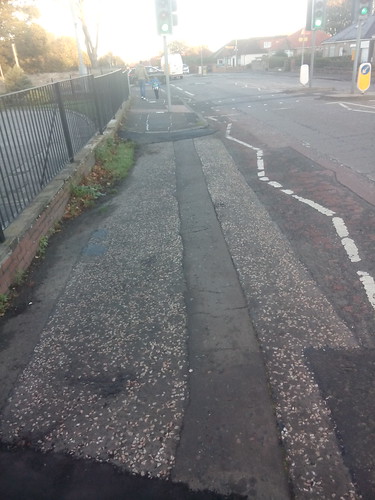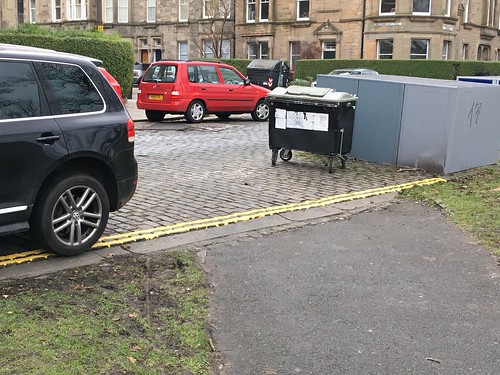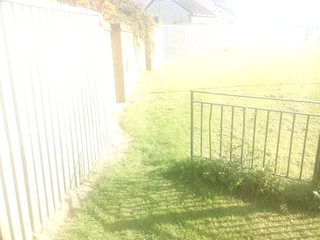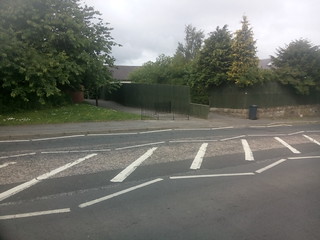Letter sent - Sorry for the delay & using only West Edinburgh examples - (they are the ones I'm familiar with)
I'll let you know when I get a response, in the meantime do keep adding your examples https://edinburgh.cyclescape.org/issues#map-pane
HC
---------------------
Hi Lesley,
A couple of weeks ago on a twitter exchange (I’m @Hank_chief btw), I promised to send you a list of small issues that make Active Travel more difficult than it needs to.
Thanks to the good people on CItyCyclingEdinburgh I crowd sourced a list of issues http://citycyclingedinburgh.info/bbpress/topic.php?id=17876 . To help bring some order to the list and give specific & identifiable locations I asked people to log their issue on using the CycleScape tool https://edinburgh.cyclescape.org/issues#list-pane
There are quite a few and it may seem overwhelming at first but I expect that many of them will already be on the radar of the Active Travel team as they are likely to have been raised before.
I don’t know if this tool works for you and the Active Travel team or not, and I’m more than happy to take feedback if there is a better way or if the addition of photos etc would make it easier to comprehend. Similarly if it would be helpful to do some form of prioritisation, then I’m sure that we find willing volunteers to assist with this.
I would bring to your attention some common themes which impact the ease and speed for making journeys by active means and so discourage the switch from motorised means.
1. Reaction time of Signalised Crossings
2. Missing dropped kerbs / steps.
3. Chicanes
4. Path surfaces
1. Signalised crossings give a chance for active travellers to safely cross a road. In many cases there is a long wait before the active traveller gets a green light, often but not always without a significant volume of vehicle passing. This can be infuriating and only goes to reinforce a feeling of motor vehicle prioritisation as you wait for your time to cross. It also leads to people choosing not to wait and risking crossing without the protection of the traffic signals.
2. Missing dropped kerbs & steps can be a significant barrier to active travel. Wheelchairs, Prams, bikes (especially non standard ones e.g. towing a trailer) do not take kindly to high kerbs or steps. Your option are to bump up/down if you are physically able or reroute away from your desire line. The 6 Craigmount steps at the Southern Entrance to Craigmount HS is a very good example of this, on a well used route and with a very long alternative. https://edinburgh.cyclescape.org/issues/1164-ramped-access-required
3. Edinburgh has many chicanes which create conflict by restricting the usable width of a route and at their most extreme prevent people from using the route. With the roll out of 20mph, this will reduce the risks associated with a child running onto the street and so many historic chicanes will be redundant. Where a chicane is absolutely necessary, it should meet the standard of 3metres between gates at least 1.5m gap between gate and edge of path, so that non standard bicycles can pass through. The Dovecot/Broomhall chicane on Quiet Route 9 is one such example of a barrier to active travel. https://edinburgh.cyclescape.org/issues/2702-tight-chicane-often-overgrown-bushes
4. There are several well used paths than are not tarmacked and are rocky/bumpy and can become muddy in wet weather. This can be a problem if you don’t have a suitable bike / shoes for the condition of the path. Getting a puncture from bumpy paths or getting dirty from muddy puddles will put you off cycling / walking a route. The path from Davidson’s Mains Tesco to the Blackhall path is a good example of a well used short path that isn’t good quality https://edinburgh.cyclescape.org/issues/2708-blackhall-path-to-tescos-to-be-tarmaced
As I said earlier, I hope this is helpful, please do get in touch if there is anything further we can do.
All the best for your convenorship,
Hankchief





 posts
posts
